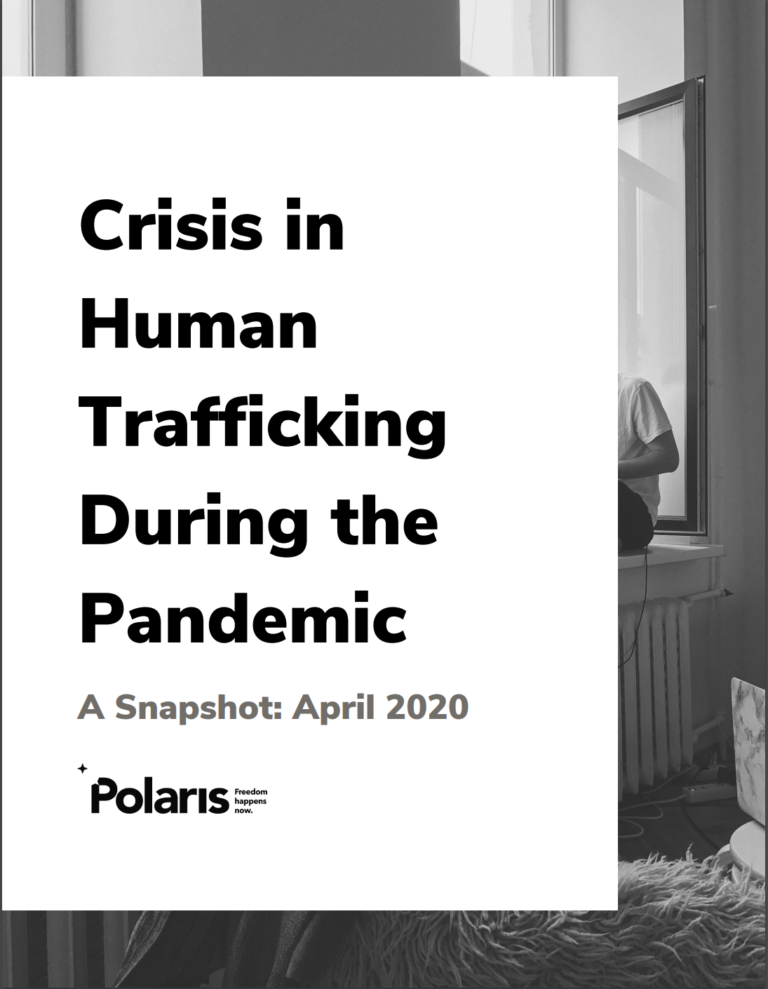Covid-19: Garment Worker Perspectives
COVID-19 resourcesPublicationsThe coronavirus pandemic and resulting government actions to stem the spread of the virus have severely changed the way people across the world work and live. For Jordan’s garment sector, the national curfew and shutdown of business activity force...Read More

